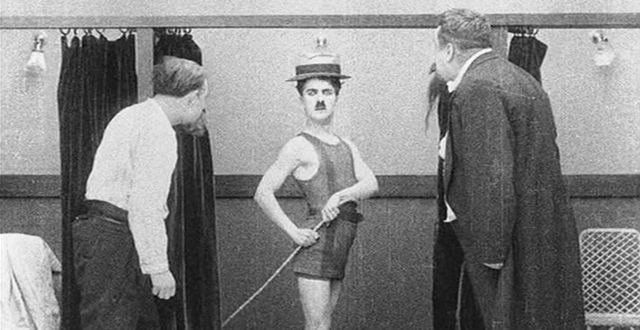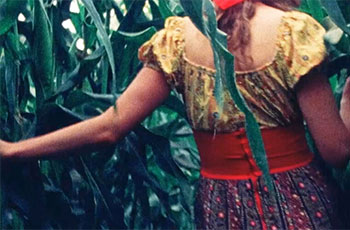
NOTES ON FILM & RESTORATION
02/04/2021On a couple of occasions, The Film Foundation has facilitated or participated in two restorations of the same film, the first photochemical and the second digital. For instance, Chaplin’s The Cure and Lubitsch’s Forbidden Paradise, both of which were restored on the first round by MoMA. The digital restoration of The Cure was carried out by the Cineteca di Bologna and L’Immagine Ritrovata, with support from the Hobson/Lucas Family Foundation and the Material World Foundation, as part of their massive ongoing Chaplin Project. According to David Shepherd, they gathered sources from all over the world and scanned the best elements for every shot, which they then cleaned and stabilized. Damaged frames or passages were inserted from alternate sources when necessary, the contrast and brightness levels were balanced, the frame rate was corrected and the original title cards were recreated. The careful restoration of any silent film, at this moment in the relatively short history of film restoration, involves something like this process. It also involves making choices. “Each film was shot with two different negatives,” explained Shepherd in a Flicker Alley interview, “with two different cameras: the A negative and B negative. The A negative is clearly the better one. You can tell by little things that Chaplin does that are more clever and detailed in one than the other. We tried to restore to the A negative wherever we could, but if a shot was too damaged to restore, we put in footage from the B negative. If there was more material in the B negative that was because they edited it out in the A original.”
The digital work on Forbidden Paradise, also done at MoMA with funding provided by the Hobson/Lucas Family Foundation, involved a mixture of detective work, interpretation and creativity that, according to Dave Kehr, restored about 90% of the film’s coherence (two missing scenes were summarized by added intertitles). Anyone who remembers excitedly renting a VHS copy of a rare silent film only to go home to find a nonsensical and arrhythmic assemblage of ragged jump cuts will know what I’m talking about. I vividly remember renting a copy of Murnau’s The Haunted Castle, throwing it in the machine and almost instantaneously crash-landing in a state of absolute bewilderment. Mercifully, that film has been restored as well (another act of reconstruction, in this case by the Friedrich-Wilhelm-Murnau-Stiftung, working from a nitrate negative and positive).
We know that preservation is an ongoing process, and that we must now constantly migrate preserved elements from one storage medium and/or system to another (bearing in mind that nothing has been proven to last longer than film). But restoration is also ongoing. There will always be new tools, offering increased flexibility and precision…and, inevitably, increased opportunities for choices made in the name of “enhancement” or “improvement” that are often, in the end, creative alterations or outright violations. The plethora of early moving images that have been stabilized and “up-resed” to 4K and 60fps (including films by the Lumière Brothers) is startling to behold, but they raise troubling questions about what images are and the wildly varying levels of respect with which they’re treated.
Going forward, every film will be passed from hand to hand into the future. We have to make sure that there is always love, reverence and humility in the handling.
- Kent Jones
Follow us on Instagram, and Twitter!
THE CURE (1917, d. Charlie Chaplin)
Preserved by The Museum of Modern Art with funding provided by The Film Foundation.
Restored Cineteca di Bologna at L'Immagine Ritrovata, in collaboration with Lobster Films and Film Preservation Associates. Restoration funding provided by The Film Foundation, the Hobson/Lucas Family Foundation and the Material World Foundation.
FORBIDDEN PARADISE (1924, d. Ernst Lubitsch)
Preserved by The Museum of Modern Art with funding provided by The Film Foundation and the Hollywood Foreign Press Association.
Restored by The Museum of Modern Art and The Film Foundation, with funding provided by the Hobson/Lucas Family Foundation.
The Film Foundation
